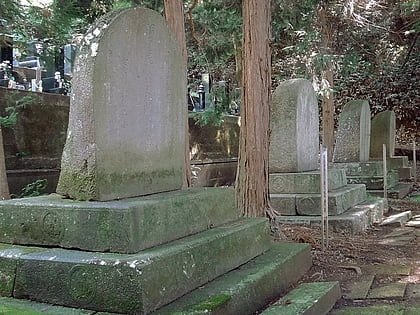Lake Suwa

Facts and practical information
Lake Suwa, nestled in the heart of the Japanese Alps in Nagano Prefecture, is a serene and picturesque destination that embodies the tranquil beauty of Japan's natural landscapes. The lake is renowned for its hot springs and the unique phenomenon known as "Omiwatari," where the lake's surface forms natural ice ridges due to temperature fluctuations during winter.
Spanning an area of about 13 square kilometers, Lake Suwa is the site of the Suwa Taisha, one of the oldest Shinto shrines in Japan, which plays a significant role in the area's cultural and spiritual life. The lake and its surroundings are steeped in legend and tradition, attracting visitors who seek both natural splendor and cultural enrichment.
Apart from its cultural significance, Lake Suwa is a hub for recreational activities. Tourists and locals alike enjoy boating, fishing, and walking along the lakeshore. The lake is also a popular spot for bird watching, as it is home to a variety of bird species, particularly in the migratory seasons.
In the summer, the Suwa Lake Fireworks Festival illuminates the night sky, drawing crowds who marvel at the dazzling display reflected on the lake's surface. Meanwhile, during winter, the aforementioned "Omiwatari" provides a natural spectacle. According to local belief, these ice ridges are created by the gods walking across the lake, and they have been observed and celebrated for centuries.
Nagano
Lake Suwa – popular in the area (distance from the attraction)
Nearby attractions include: Suwa taisha, Mount Kirigamine, Takashima Castle, Sunritz Hattori Museum of Arts.

















